What on earth is a ‘Hybrid Athlete’?
Well, that’s a question that has been floating to the top of the pile a lot currently on social media and while there are many answers and claims, there is also an actual definition. In 2013 a great friend of mine, Alex Viada, wrote a book called ‘The Hybrid Athlete’ and in doing so he coined the term, giving a name to a very specific kind of process and methodology that he defined as such –
“The concurrent training of different athletic disciplines that do not explicitly support one another, and whose disparate components are not essential to success in any one sport”
At the time Alex started to write this book, he and I were both (unbeknownst to each other) wrestling with very similar questions, both of us looking to establish a means, or methodology, within which we could improve an athletes ability to express power and strength at the very same time as allowing them to progress their endurance capacity. Our own experiences as athletes saw us become frustrated, thwarted, and injured by attempting to simply splice running programs onto existing strength demands and/or by trying to add progressive strength work to already demanding endurance needs.
Nothing, however, is new under the sun and by this point, much had already been written about the benefits and/or the contra-indications for concurrent training and one way or another. We’ve all heard the argument, at either side of the spectrum against such practices. In Strength Sports it’s not uncommon to hear athletes shy away from CV training in fear that an ‘interference effect’ will have an immediate and negative effect on muscle building capability and maintenance while, in endurance sports, athletes are afraid to take part in a progressive resistance training program for fear that the interference here is that they will become overly muscled and stiff as a result.
Both fears are undoubtedly real for the athletes and, with inappropriate programming, those fears are borne out, but how then are we seeing more and more ‘hybrid’ athletes attend to events and disciplines at both disparate ends of the spectrum without ill effect and with the ability to progress in both. Again, programming is key and the (mis)management of those concurrent stressors is the lock we hope to pick as these articles evolve.
Indeed, athletes obligated to perform within a range of different energy systems and express physical attributes across that spectrum within the context of sport seem to be conveniently overlooked when concurrent training is in the crosshairs. Rugby Players, Military Operators, Combat Sports athletes and many others can for the purposes of ease (and propriety) be considered ‘obligate hybrid athletes’ and it’s with these specific kinds of athletes and professionals in mind that my own methodology was (and still is) based around. Specifically, the profile of the physical demands of operating within (and training for) UKSF (United Kingdom Special Forces) has been the driving force behind much of my own research and the methodology that came to be the underlining principle by which I design my programming for the majority of the athletes I’m privileged enough to work with/for.
So, did I answer the question – ‘What is a Hybrid Athlete?’ Sort of…
It’s difficult to pin down in a pithy one liner but, by my own definition, a Hybrid Athlete is an individual who is committed, within the body of a training plan or paradigm, to working across the full range of strength and endurance training with a goal to progressing in all aspects, and maximising recovery while minimising any potential interference.
‘JP, this article is too wordy and I’m not sure it’s told me anything!’
Ok, TL;DR -
Q: Can I meaningfully progress my strength at the same time as meaningfully progressing my endurance capacity?
A: Hell Yes! Stay tuned for workouts, articles and advice over the coming weeks, and I’ll show you how!
JP


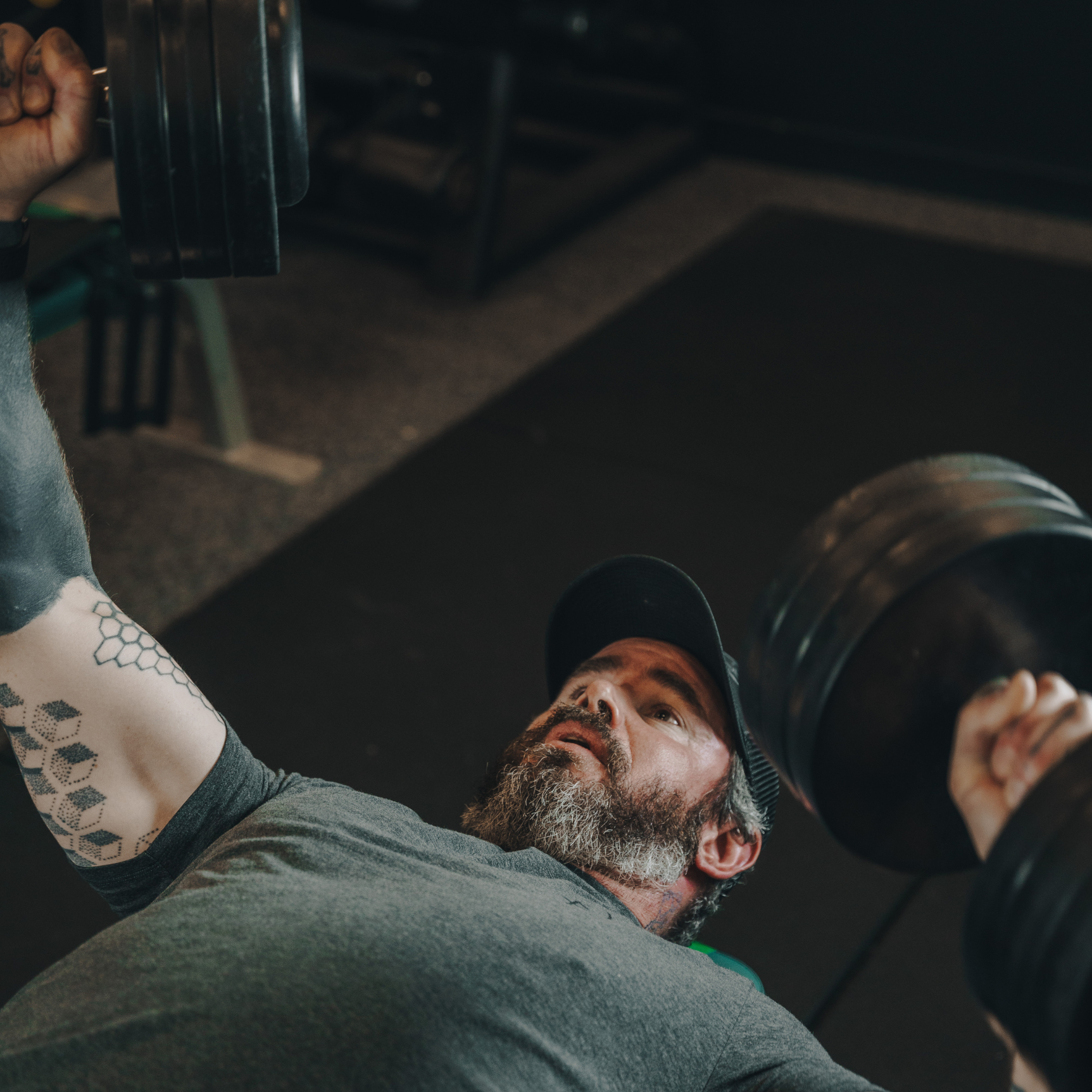

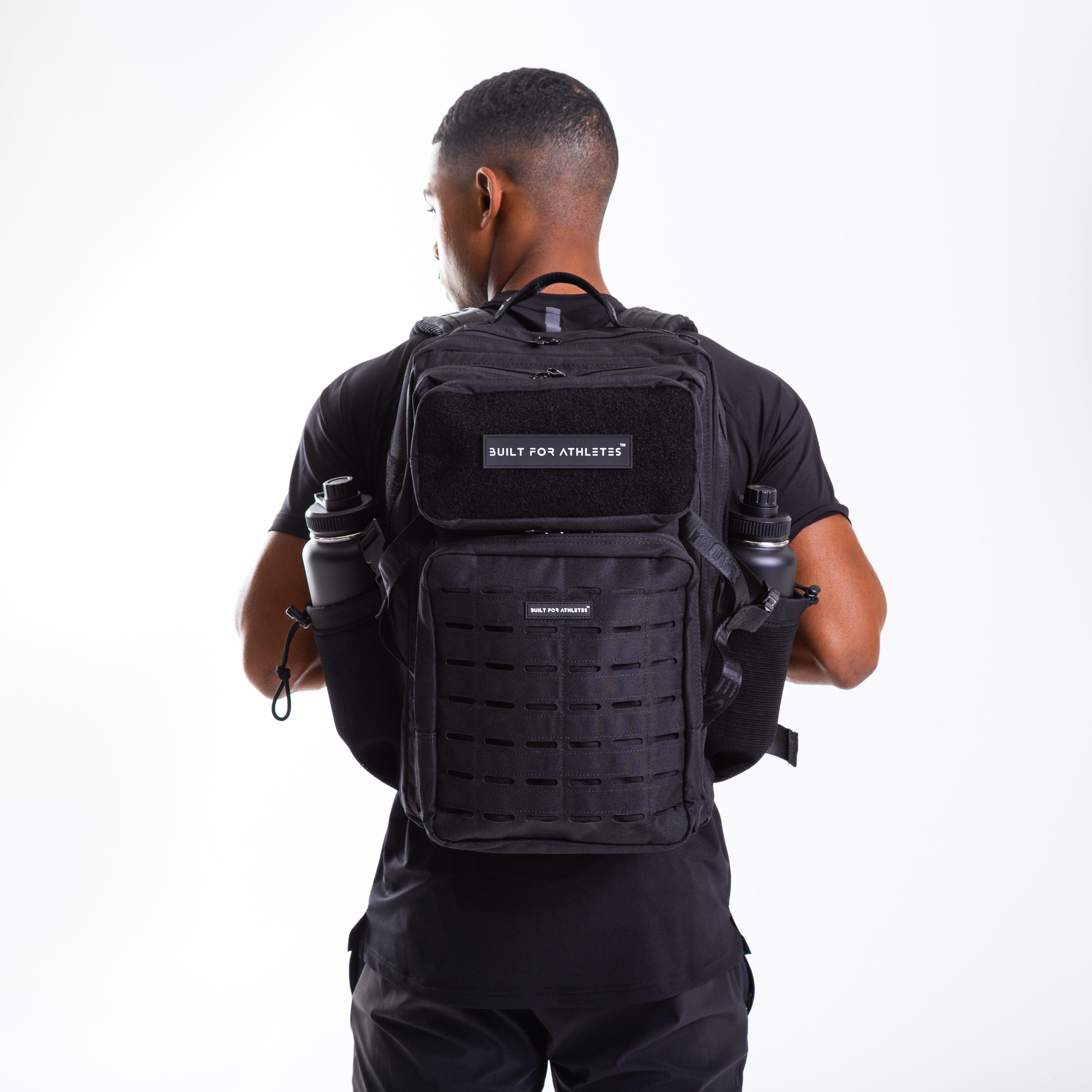










































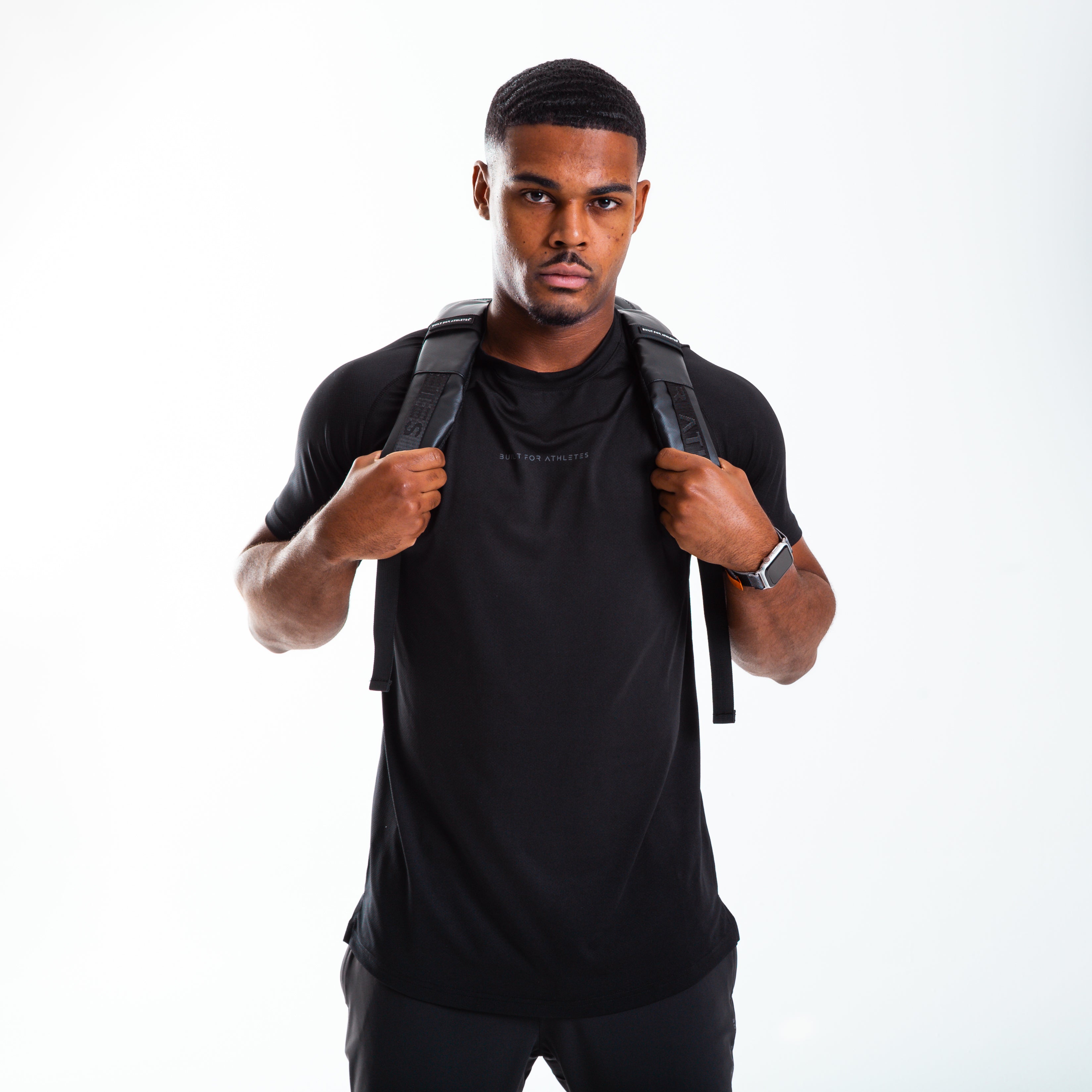






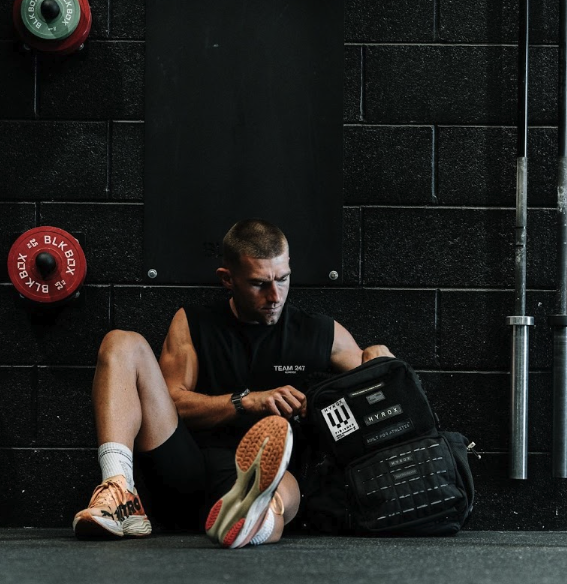
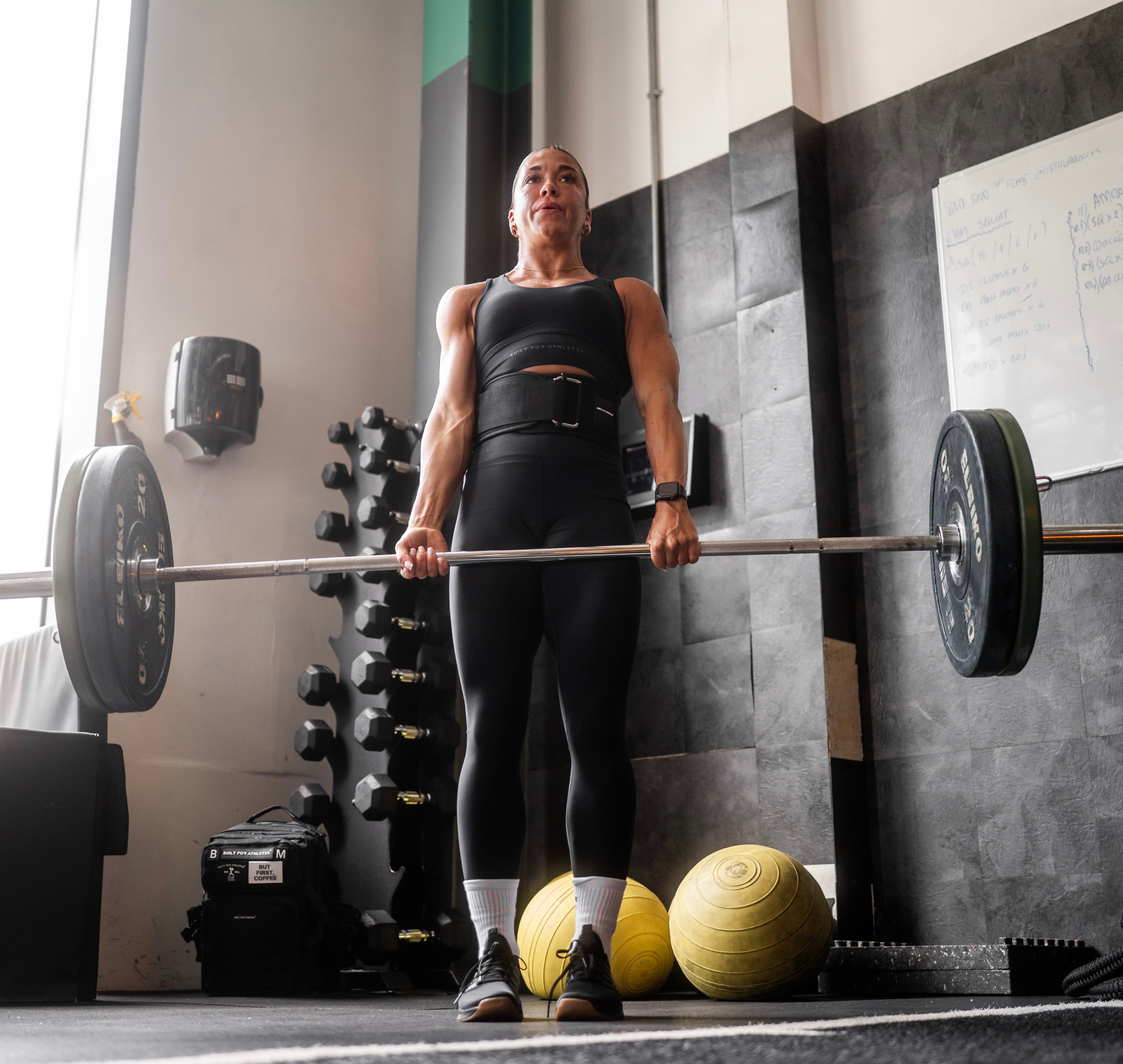
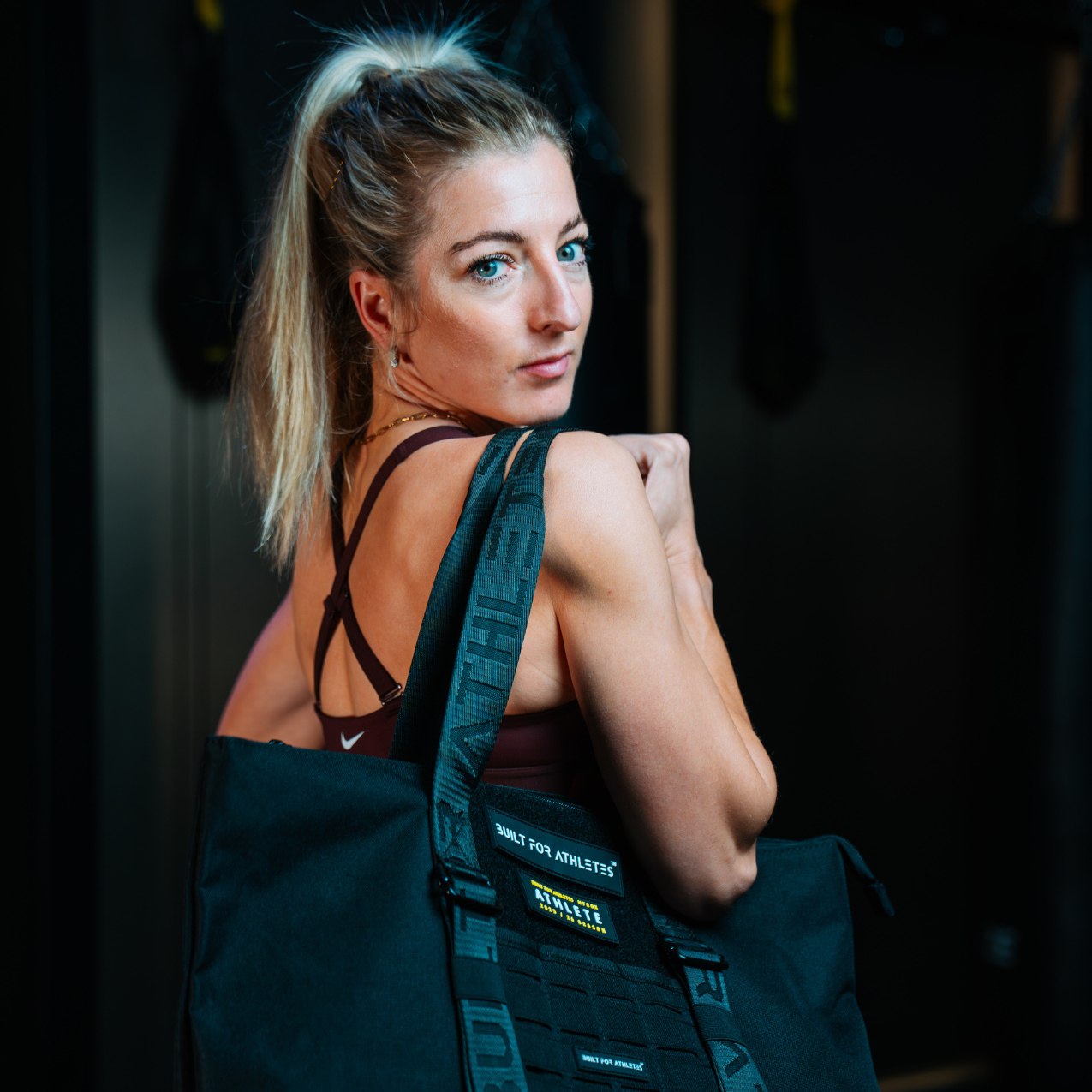
Teilen Sie:
#WOTW: Jonny Pain Series
#WOTW: Zara Piergianni HYROX Series